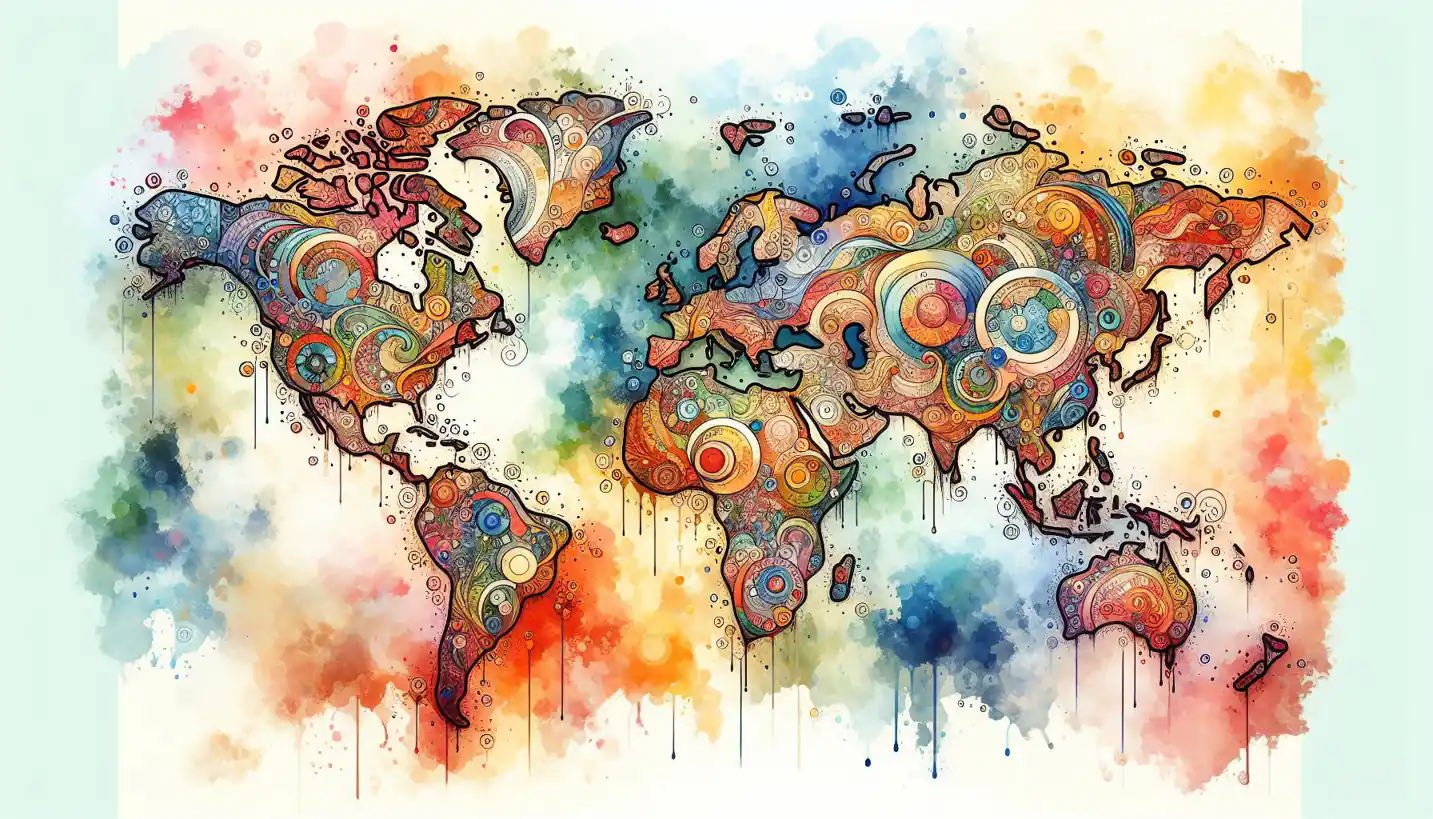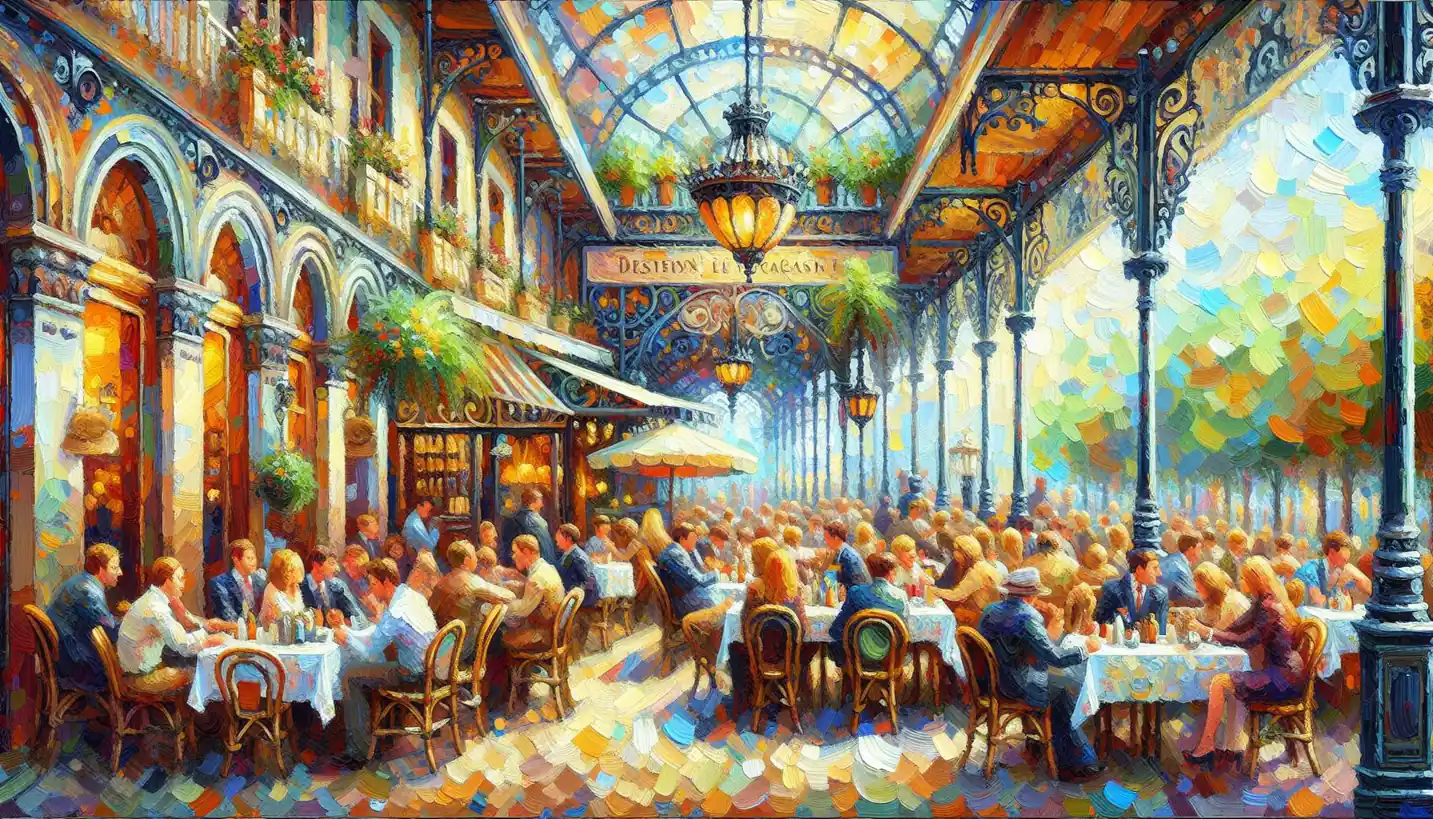· Art · 4 min read
Digital Twins in Augmented Reality Art: Redefining Creative Expression
Digital twins in augmented reality art redefine how we perceive and interact with creations. Explore this cutting-edge fusion of virtual and physical artistry.

In the bustling world of art and technology, the concept of “Digital Twins” is capturing the imagination of many. Imagine walking into an art gallery and seeing more than just physical artworks hanging on the walls. Instead, augmented reality (AR) transforms the experience, blending the digital with the tangible, opening up new dimensions for both artists and audiences.
What Are Digital Twins?
At its core, a digital twin is a virtual representation of a real-world object, system, or even a process. In the realm of augmented reality, digital twins act as virtual counterparts that can mimic their real-world versions in real time. This isn’t just about creating a 3D model; it’s about building something that evolves and interacts based on changes in the real world.
How Digital Twins Enhance Art
Blurring Boundaries
Think of digital twins as a bridge between the physical and digital realms. Artists can create integrated experiences where their work exists both in the physical space and as an enhanced, interactive version in the digital space. This combination allows them to push boundaries and redefine what art can be.
Interactive Experiences
One of the most thrilling aspects of digital twins is their ability to create interactive experiences. Imagine a sculpture that changes color or texture in real time as you move around it, or a painting that tells a different story with each glance. Digital twins, powered by AR, can make this possible, providing viewers with a unique and personal experience each time they engage with the artwork.
The Role of Augmented Reality
Making Art Accessible
Augmented reality takes art beyond traditional confines. With AR, art doesn’t just reside within a gallery’s walls; it can be accessed anywhere. By using digital twins, artists can share their work with a global audience, allowing people to explore and appreciate their creations from anywhere in the world, simply through their devices.
New Tools for Artists
For artists, digital twins and AR provide thrilling new tools to work with. They can create art that responds to environmental changes or viewer interaction, crafting dynamic pieces that are never quite the same twice. This opens up a realm of creative possibilities that were previously unimaginable.
Stories of Innovation
A New Canvas
Consider an artist who decides to create a mural that lives and breathes. In its digital twin, this mural might depict a cityscape that changes with the time of day or adapts to reflect the season. Such storytelling through art is now feasible and engaging, drawing viewers deeper into the narrative that the artist wishes to convey.
Collaboration and Community
Digital twins in AR also foster collaboration. Artists from different disciplines and locations can now come together to co-create works that integrate diverse styles and messages. This sense of community expands the reach of art and invites different interpretations and discussions.
Potential Challenges
Of course, like any emerging technology, digital twins in augmented reality art come with their own set of challenges. Technical proficiency and accessibility can be barriers. Not every artist has the resources or skills to create digital twins, and not every viewer has the technology to experience them fully.
Sparking Curiosity
The future of digital twins in augmented reality art holds endless possibilities. What if we could create virtual museums, where history and culture are brought to life more vividly than ever before? Or imagine art installations that adapt to social and environmental data, sending powerful messages about change and human impact. As we continue to explore these ideas, the potential for innovation is vast.
Why It Matters
The integration of digital twins into art isn’t just about creating something novel; it’s about expanding the definition of art itself. It’s about accessibility, interaction, and creating spaces where people can not only view art but become part of it. As more artists explore this cutting-edge technology, the landscape of art as we know it continues to evolve, pushing us to think differently.
The marriage of digital twins and augmented reality art is thus more than a trend; it’s a revolution in how we create and consume art. It challenges the status quo and inspires both artists and audiences to envision new horizons in artistic expression. As we look to the future, one thing is clear: the possibilities are limited only by our imagination.



